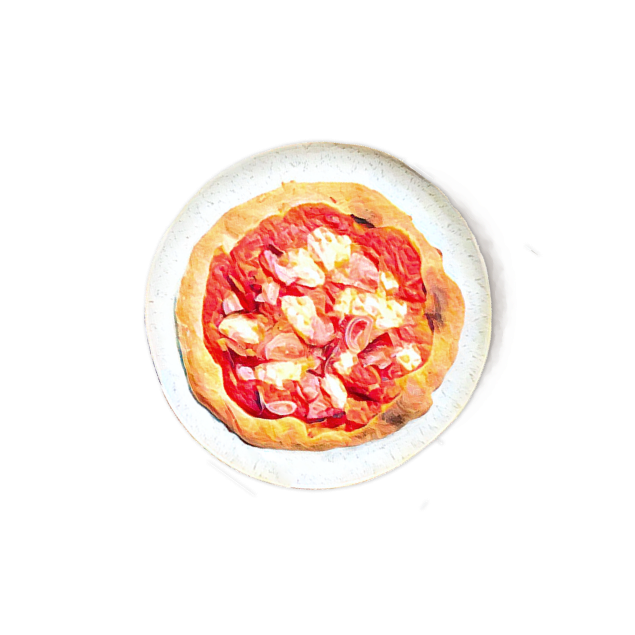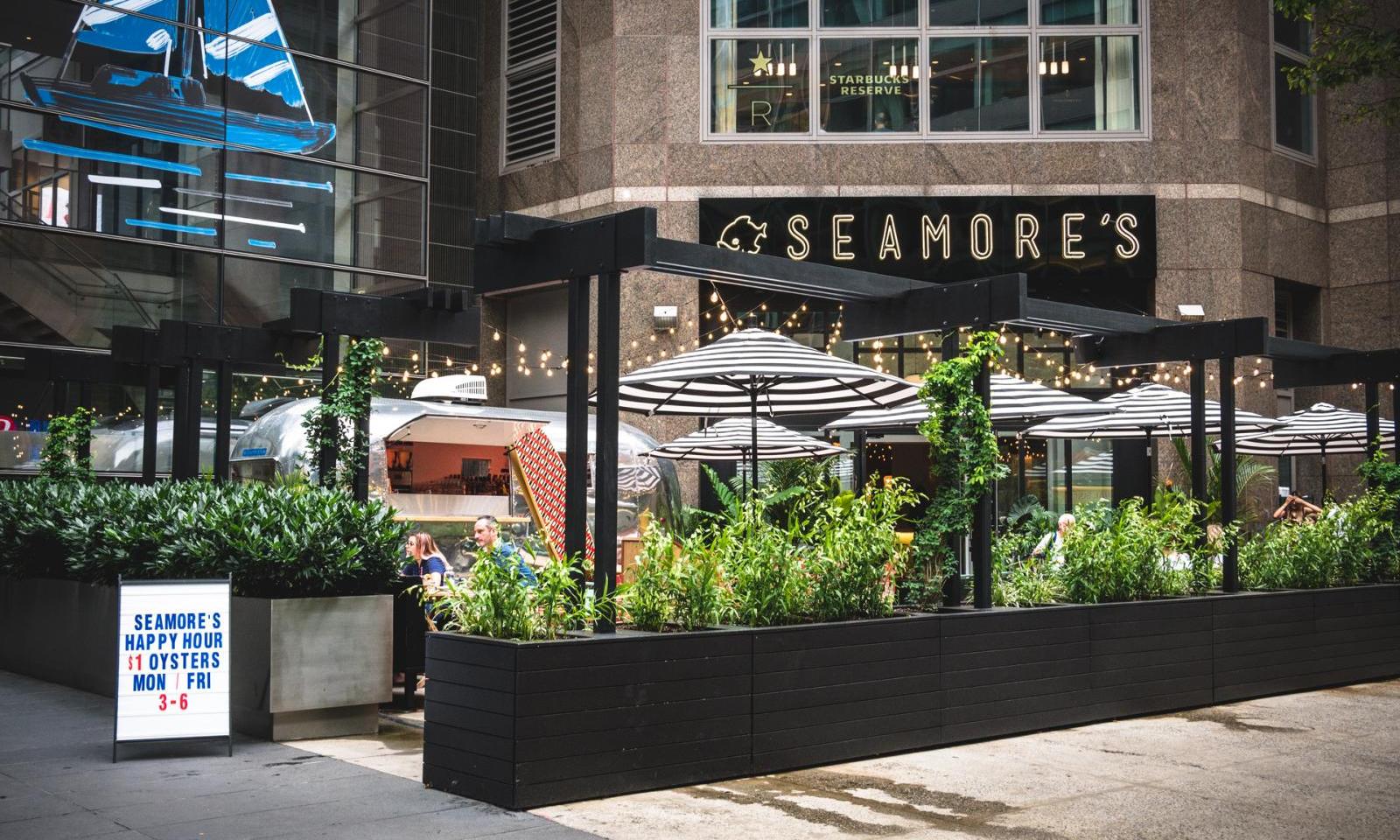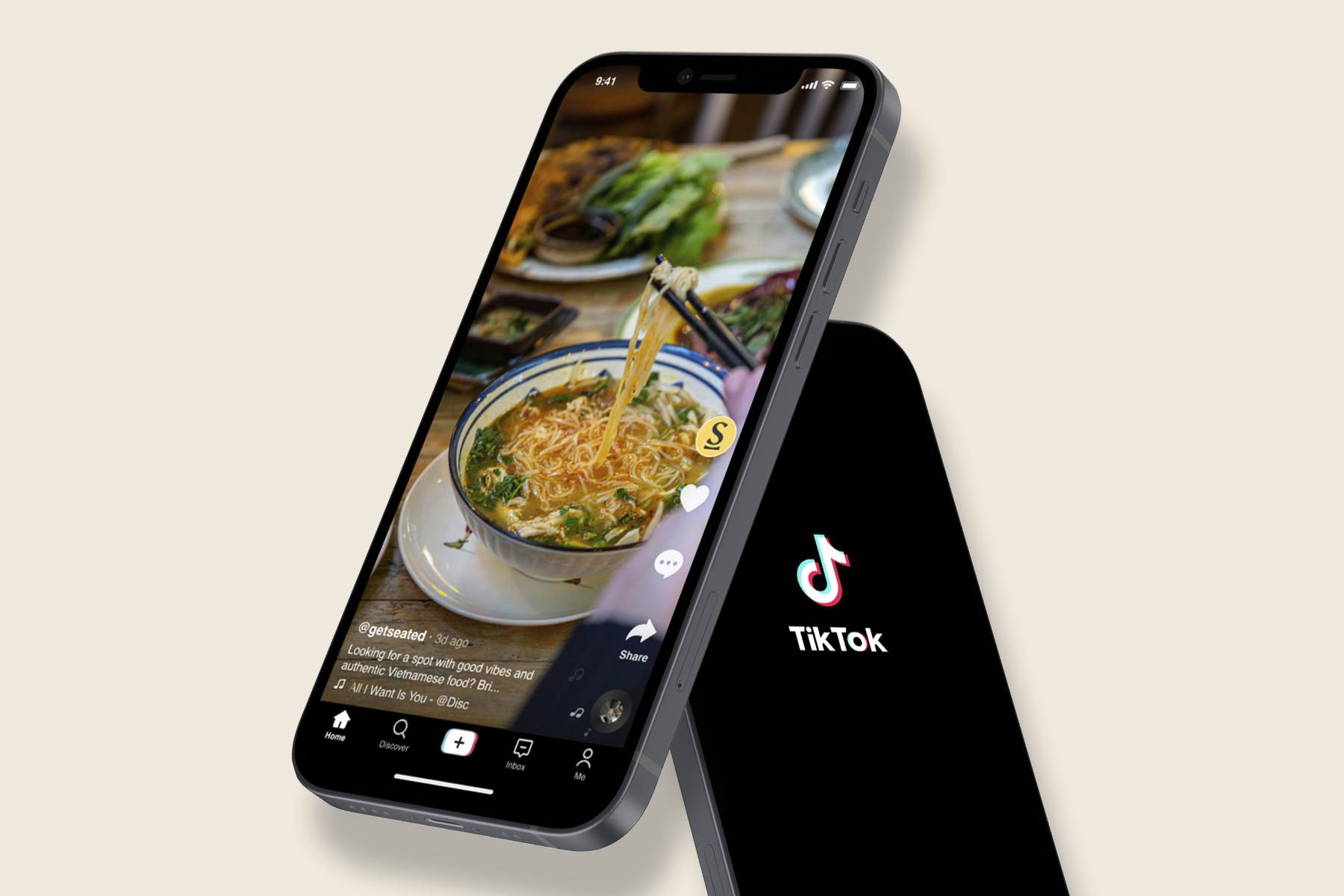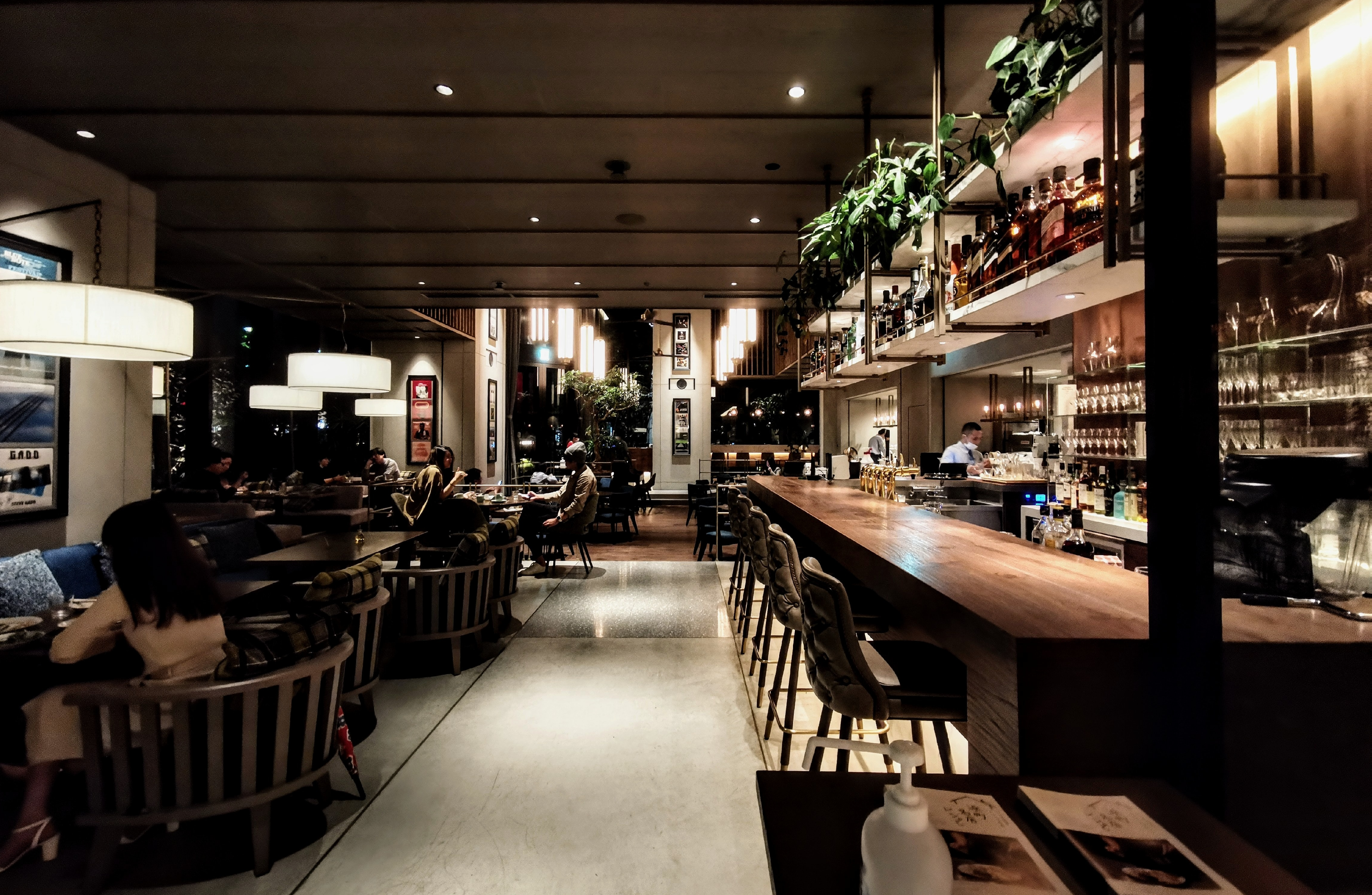
The History of Dynamic Pricing for Restaurants
by Alec McGuffey January 20, 2023
Dynamic pricing has been a staple in the hotel industry for decades, allowing hotels to adjust room prices and maximize revenue based on demand. However, while hotels have been reaping the benefits of dynamic pricing, the restaurant industry has been slower to adopt this pricing strategy.
But now, more than ever, is the time for restaurants to start exploring the benefits of dynamic pricing to boost profits and stay competitive.
In this blog post, we will take a look at the history of dynamic pricing and explore why it’s time for restaurants to start using dynamic pricing to maximize profits.
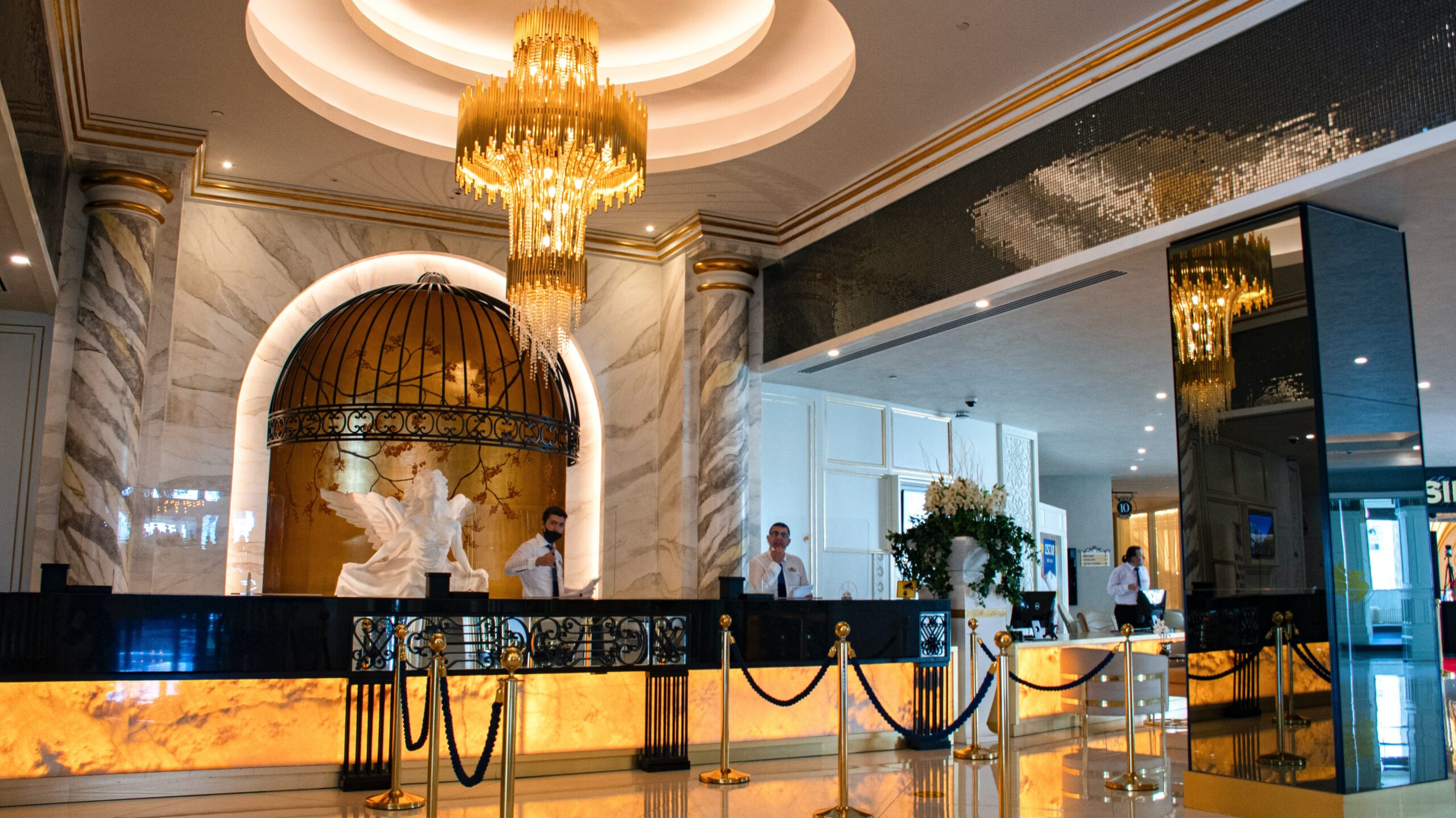
Dynamic Pricing for Hotels
Prior to dynamic pricing, hotels operated under a Fixed Pricing model, with a flat rate set by day. Hotels might adjust prices to be higher on weekends than they were on weekdays, but all changes needed to be manually updated in their booking system.
This model of pricing largely ignored things like real-time demand, meaning that operators were leaving significant profits on the table by not adjusting their pricing based on their occupancy on a given day or the demand they were experiencing in real-time.
As an example, if a hotel usually charged $100 for a room on weeknights and $200 for a weekend night, those rates were fixed, regardless of whether there was an unexpected increase in bookings on a specific weekday or reduced demand on a Saturday due to a major storm. This meant huge potential profits were missed because of the inflexibility of the Fixed Pricing model.
In the early 2000’s, as software allowed for more complex algorithmic pricing changes, major hospitality brands like Marriott and Hilton were at the forefront of dynamic pricing. This early form of dynamic pricing was based on simple algorithms that took into account factors such as the day of the week, the season, and the overall occupancy rate of the hotel.
Over the years, dynamic pricing in the hotel industry has become increasingly sophisticated. Today, most major hotel chains use advanced software that takes into account a wide range of data, including weather forecasts, local events, and even social media sentiment. This allows hotels to adjust room prices in real-time, based on demand.
While previously only major corporations had the resources to leverage dynamic pricing, even independent hotels can now leverage this strategy using Revenue Management Systems.
Dynamic pricing has allowed hotels to optimize profits by focusing on metrics like Revenue Per Available Room (RevPAR). Since hotels operate similarly to restaurants (with high fixed costs that they pay regardless of occupancy level), maximizing the revenue they are earning on each room is the best way to grow profit margins.
In summary, dynamic pricing is a powerful tool that has allowed hotels to maximize revenue, target specific groups of customers, compete more effectively, and reduce the risk of revenue loss. It is a valuable strategy that can help hotels increase their bottom line.
But it can also be a powerful tool for restaurant owners interested in maximizing profits.
Dynamic Pricing for Restaurants
Despite the many benefits of dynamic pricing, relatively few restaurants use it.
There are various reasons for the slow adoption of dynamic pricing in the restaurant industry. On one hand, restaurants are generally concerned with providing an equal experience to every guest, so offering discounts to certain customers but not others may conflict with their operating principles. Additionally, demand is much harder to predict for restaurants, since a majority of restaurant reservations are made just hours before a meal, as opposed to weeks or months beforehand for hotel bookings.
Most importantly, however, is that the kind of software that makes dynamic pricing easy to implement for hotels simply doesn’t exist restaurant operators. Reservations platforms like Tock allow restaurants to charge different prices at different times, and rewards-based tools like Seated let operators incentivize customers to dine during slower times, but beyond this, there are no comprehensive Revenue Management Systems with anywhere near the sophistication of the software readily available to hotels.
Despite this, operators who have tested the strategy have found great success (famously, Nick Kokonas of Alinea leverages dynamic prices to bring more people in on slower nights).

Why Dynamic Pricing?
It is more important than ever for restaurants to start using dynamic pricing. The current economic climate has continued to negatively impact the restaurant industry, with many restaurants experiencing a decrease in revenue and an increase in competition for customers.
How can operators counter the effects of inflation and increased competition? Dynamic pricing is one potential solution.
If you’re a restaurant owner looking to start using dynamic pricing, there are a few things to keep in mind.
- Gather Data: Gather as much data as possible about your customers, including when they typically dine, how much they typically spend, and what promotions and discounts they respond to. This will help you create an effective dynamic pricing strategy that takes into account your unique customer base.
- Start Testing: Test an easy-to-use Occupancy Management tool like Seated. Seated lets you experiment with dynamic pricing by offering a reward to customers who dine at specific times without needing to discount or train your staff on complicated pricing changes.
- Market to Existing Customers: Finally, take advantage of email lists and social media followings to experiment with different strategies. This could be offering a free bottle of wine for guests who book on Mondays, or a Prix-Fixe meal option for weekday lunches. Whatever you decide, be sure to monitor the Week-over-Week impact on sales for each strategy your test.
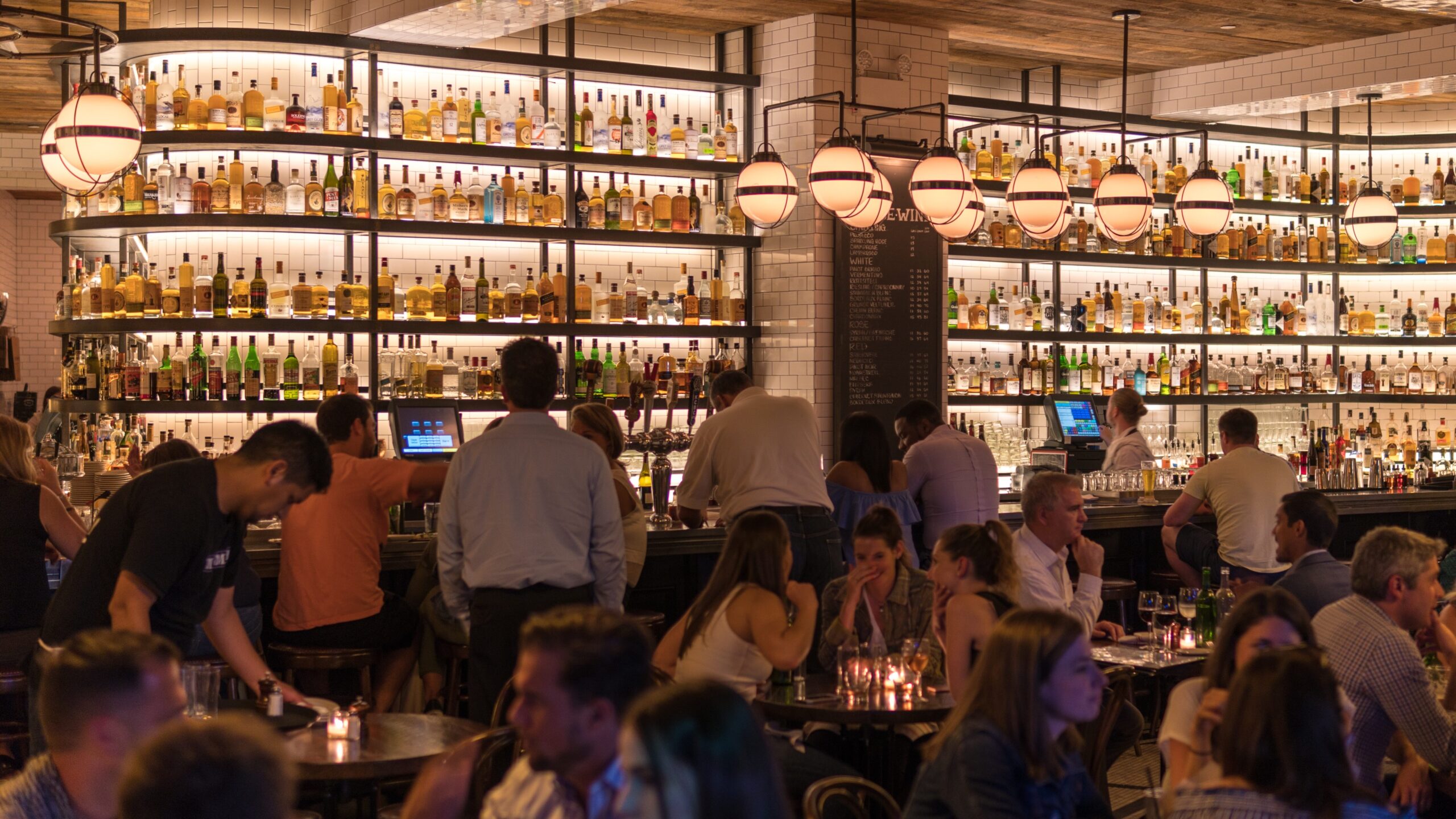
Because Dynamic Pricing is still in its infancy in the restaurant industry, innovative operators can take advantage of this period to attract customers with dynamic incentives before their competitors do.
There will certainly be new dynamic pricing platforms available to restaurants over the coming years, but the operators who invest in understanding their customers and testing unique pricing strategies now will be set up to reap the most benefits as this powerful technology enters the restaurant world.
Looking to Get Started?
Reach out to the team at Seated for a full consultation and a personalized strategy for getting more guests in the door.
The Best Way to Market Your Restaurant
Attract More Customers with No New Tech or Staff Training
BOOK A FREE DEMO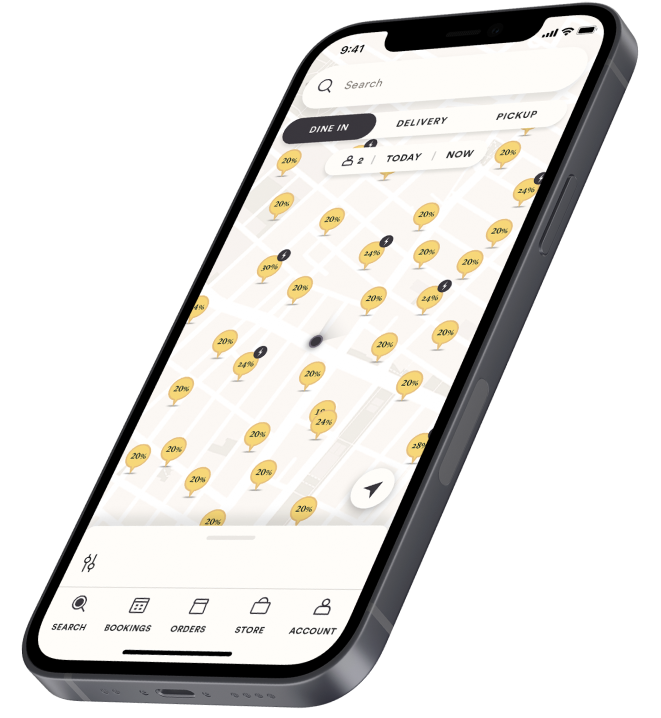

Want to Learn More About Becoming a Seated Partner?
Fill out the form below to contact our restaurant team


